Why pastured poultry is good fit for grassland farm
Farmers Weekly
OCTOBER 19, 2023
Farmers Weekly At Paddock Farm in Warwickshire, 300 Hy-line and Dekalb hens follow beef cattle around the grazing rotation, producing an average of 240 eggs a day.
This site uses cookies to improve your experience. To help us insure we adhere to various privacy regulations, please select your country/region of residence. If you do not select a country, we will assume you are from the United States. Select your Cookie Settings or view our Privacy Policy and Terms of Use.
Cookies and similar technologies are used on this website for proper function of the website, for tracking performance analytics and for marketing purposes. We and some of our third-party providers may use cookie data for various purposes. Please review the cookie settings below and choose your preference.
Used for the proper function of the website
Used for monitoring website traffic and interactions
Cookies and similar technologies are used on this website for proper function of the website, for tracking performance analytics and for marketing purposes. We and some of our third-party providers may use cookie data for various purposes. Please review the cookie settings below and choose your preference.
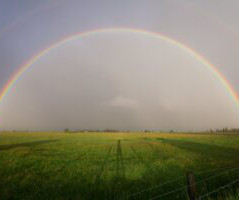
West Texas Livestock
JANUARY 5, 2025
A healthy pasture is the backbone of a successful livestock operationit provides the food that keeps your animals strong and growing. Plus, when your pasture is in good shape, it takes a big load off your wallet by cutting down on feed costs.
This site is protected by reCAPTCHA and the Google Privacy Policy and Terms of Service apply.
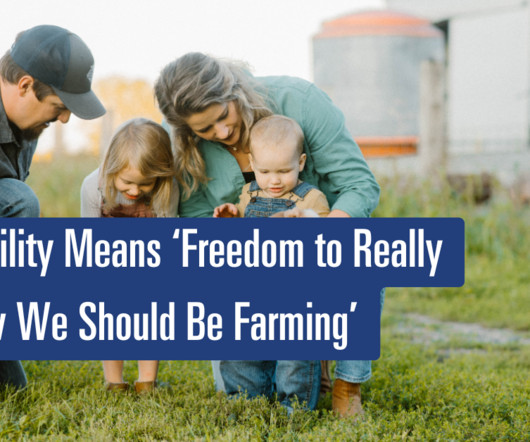
Food Tank
NOVEMBER 1, 2024
Trisha and Nolan Zachman farm in a small town two hours west of Minneapolis, Minnesota. As a fourth-generation farmer, Trisha says that her farm today looks a lot different from her childhood. Trisha grew up farming with her family, and she knew she would one day raise her own family on a farm.
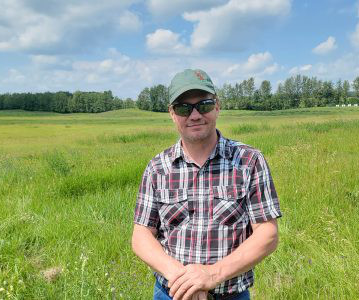
Real Agriculture
MARCH 6, 2024
In this episode of the Farming Forward video series, Steve Kenyon of Greener Pastures Ranching, explains the principle that stands for: G – Graze period R – Rest period A. Advanced grazing can be summed up in one word: GRASS. Read More Advanced grazing can be summed up in one word: GRASS. Read More
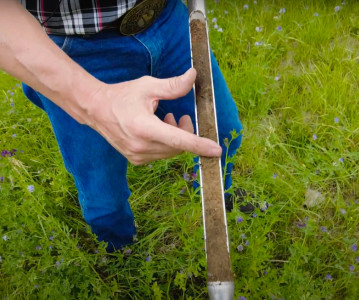
Real Agriculture
APRIL 26, 2024
(Those are covered in this video) A soil pit in this pasture that Steve Kenyon of Greener Pastures Ranching has grazed cattle on for about 20 years shows the results of using animal impact and strategic rest periods to build not just. Read More What does soil look like after 20 years of applying the GRASS principles? Read More

Agric4profits
APRIL 8, 2025
Permanent pastures are established for many years (several decades) to provide a continuous feed source for livestock. These pastures can either be native or sown, depending on the farmer’s choice. They are commonly established in farms with large numbers of livestock to prevent feed shortages during periods of scarcity.

Agric4profits
APRIL 8, 2025
Established pastures are categorized into different classes for easy identification and various uses. Native pastures establish themselves naturally in most cases. In Nigeria, native pastures are commonly found in natural rangelands.

Food Politics
JANUARY 16, 2024
A reader, Kris, sent me this query: I hope in a future writing you can help sort out the mixed statements I’m reading about how pasture-raised meat lines up in terms of environmental/climate change concerns, (particularly if it doesn’t involve extensive shipping). So, I’m all for pasture grazing.

Agric4profits
APRIL 8, 2025
Subsistence farmers with limited resources and low farm outputs dominate Nigerian agriculture. While improved pastures are primarily established in research institutes, universities, and other private farms, the majority of farmers rely on pastures from natural rangelands.

Agric4profits
APRIL 8, 2025
Temporary pastures are pastures established with the intention of converting them into farmlands after a few years. The choice of pasture duration depends on the type of livestock enterprise the farmer aims to establish and the available resources.
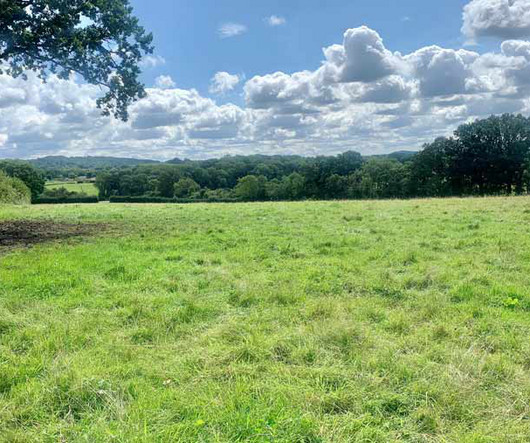
Farmers Weekly
AUGUST 24, 2023
Farmers Weekly Blocks of bare land and smaller farms are the main new offerings in the late summer market, some with unusual history and others presenting good commercial land. In Wiltshire, 44 acres of ring-fenced gently sloping pasture in four fields is about to be launched near West Knoyle.

Real Agriculture
OCTOBER 13, 2023
Fear can be very motivating (ever been chased by a bull in a pasture?) Fear can be very motivating (ever been chased by a bull in a pasture?) but fear — of failure, of success, of the unknown — can also be paralyzing. Each person’s experience with fear is different, but it’s the very real stories of overcoming fear.

Real Agriculture
DECEMBER 19, 2023
Telecommunications companies working to bring cell and data service to areas with poor connectivity by satellite have reached several milestones over the past week, raising hopes of better cell service for areas lacking coverage from existing cell towers, including many farm fields and pastures. Read More
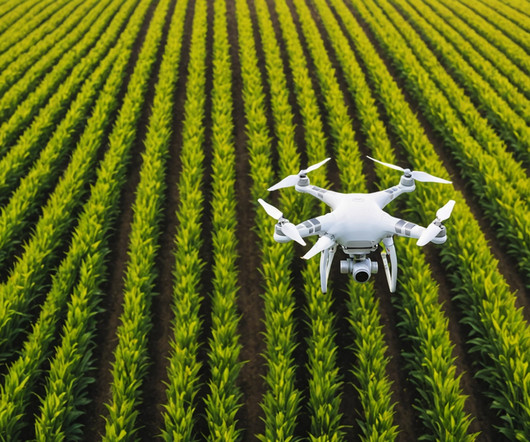
Farmbrite
DECEMBER 12, 2024
Technology is transforming many traditional industries, and farming is no exception. Lets explore the landscape of modern farming and uncover the role data plays. Understanding Data-Driven Farming Farming today is more than just relying on instinct or what was done in the past. What Kind of Data is Being Used?
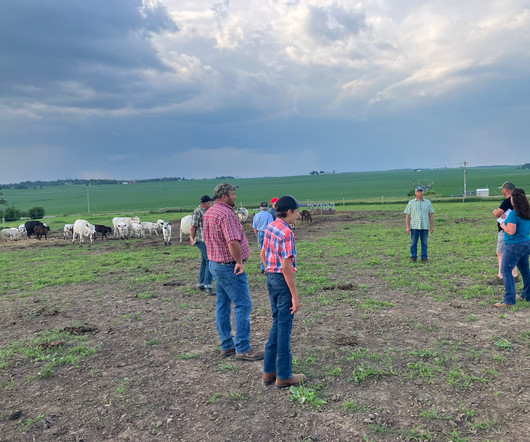
Wisconsin Farmers Union
SEPTEMBER 9, 2024
What’s in a Pasture Walk? If you’ve been to one pasture walk or field day, you’ve almost certainly been to more because field days are like potato chips – once you try them, you can’t stop. However, getting to a field day or pasture walk can be tough with so many competing priorities in life. They’re incredibly valuable.
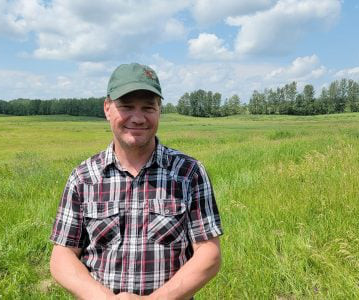
Real Agriculture
NOVEMBER 15, 2023
This is the first video in a new series called Farming Forward: Sharpen your soil health expertise with cover cropping, nitrogen management, and advanced grazing, brought to you by the Farm Resilience Mentorship program. Visit farmlearninghub.ca Visit farmlearninghub.ca

Organic Farming Research
NOVEMBER 7, 2024
Lindsay Klaunig runs Trouvaille Farm in southeastern Ohio. Raising grass-fed beef and goats on pasture, heirloom crops on the ridge tops and fruit trees throughout, this organic farm is a patchwork of diversity. And if so, will that lead to early mature harvest and overall higher yields?

AgriLife Today
SEPTEMBER 8, 2023
Weeds, pest management to be highlighted The Texas A&M AgriLife Extension Service in Bexar County will present the Fall Pasture Management program Sept. Read More → The post Fall pasture management program Sept. Read More → The post Fall pasture management program Sept. 19 in San Antonio.
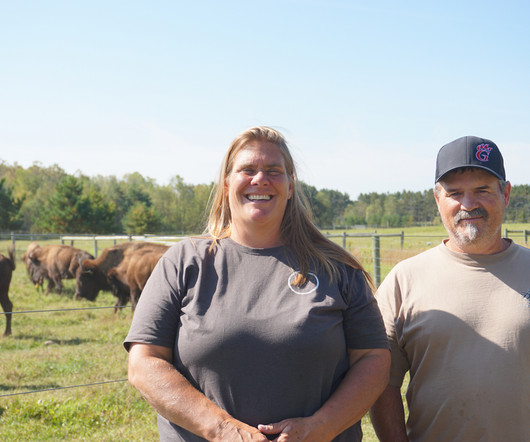
Wisconsin Farmers Union
NOVEMBER 4, 2024
In spring 2024 White Bison Farm was awarded a $15,000 contract to sell pork and bison to the Wisconsin Local Food Purchase Assistance (WI LFPA) program. Now the farm is providing high quality, nutritious food to the people in their community who need it most. Jodi is also the author of the book “Raising Pigs on Green Pastures”.
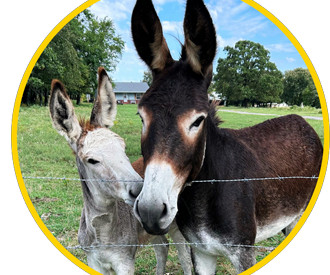
ATTRA
JANUARY 22, 2025
USDA Natural Resources Conservation Service is offering a free, on-demand webinar titled “An Overview of Technical Note 190-12: Conservation Activities in Organic Farming Systems Part 2: Organic IPM, Livestock, Pastures, and Buffers.”
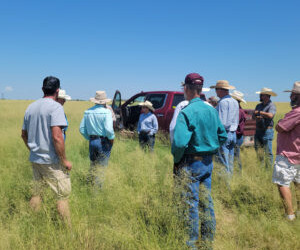
AgriLife Today
JULY 17, 2023
Read More → The post Walking in another’s rotational grazing pastures appeared first on AgriLife Today. Like most ranch owners, he knows how each connects and contributes to a successful ranching operation. Ranching is a family affair for.

AgriLife Today
MARCH 21, 2024
Continuing education units available to participants The Texas A&M AgriLife Extension Service will host a virtual East Texas Pasture Management Program on April 5. Read More → The post Virtual East Texas Pasture Management Program set April 5 appeared first on AgriLife Today. The online program will run from 8:30 a.m.-3

Agric4profits
MARCH 25, 2025
The system of managing farm animals largely depends on the intended scale of production, the farmers convenience, financial capacity, and the availability of physical resources like land and pasture.
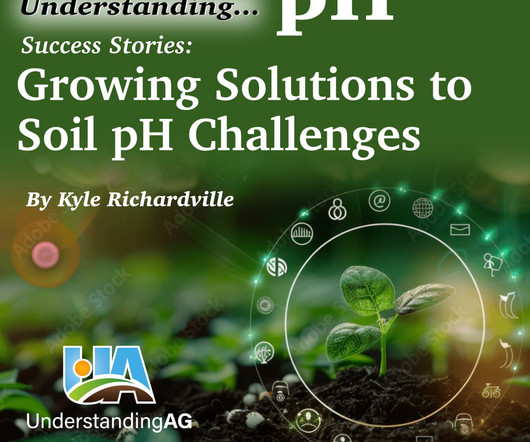
UnderstandingAg
APRIL 3, 2025
Farming and ranching involve the fields of biology, ecology, chemistry, botany, physics, geology, meteorology, politics, economics, psychology and mechanics, just to name a few. This is exactly what Jay Fuhrer and the team at the Menoken Farm did starting in 2013. In 2022, the farm averaged 8.7% Its much more complex than that.
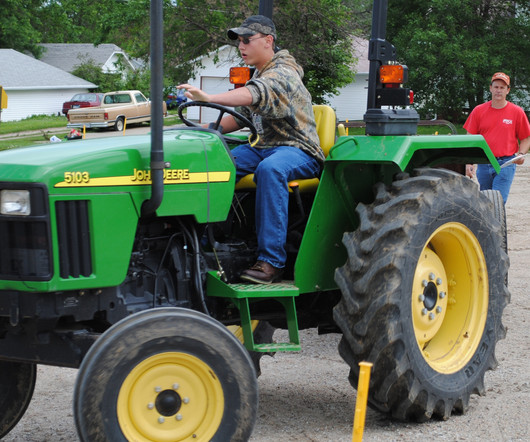
Western FarmPress
OCTOBER 1, 2024
Bow Creek Chronicles: Close calls in the field or the pasture serve as reminders not to repeat past mistakes, slow things down and be safe on the farm.
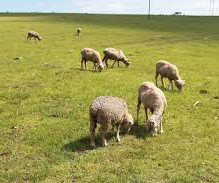
Agric4profits
OCTOBER 14, 2024
Pasture management is a vital practice in livestock farming, playing a crucial role in ensuring sustainable production and the overall health of grazing animals

Farmbrite
MARCH 4, 2025
Whether you're a seasoned farmer or rancher , an aspiring farmer looking to venture intofarming or ranching, or a farm business owner who wants to have a strong plan as they transition into another farm business, its helpful to know how to write and use a business plan. It also shows commitment, professionalism, and organization.
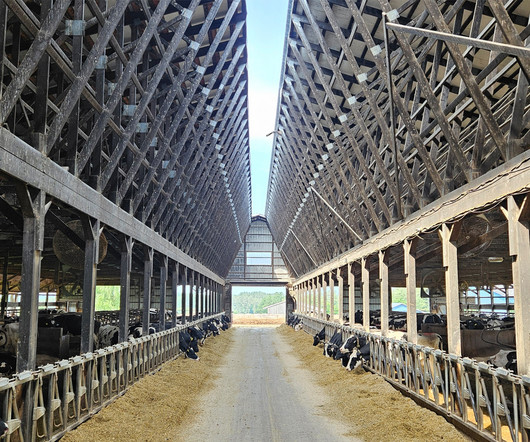
Western FarmPress
SEPTEMBER 20, 2024
See this year’s Green Pastures Award winners.

Farming Secrets
SEPTEMBER 19, 2021
Pasture cropping is a system that allows for better weed control, improved soil health, more biodiversity through strategic placement of plants and animals, better use of water, and improved nutrient cycling. It is absolutely a way of increasing the productivity of your land.
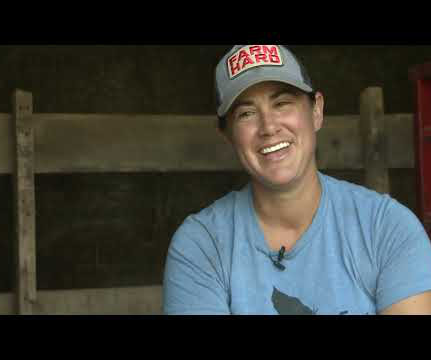
ATTRA
JANUARY 7, 2025
They raise fruit, vegetables, flowers, and animals on farms and urban gardens from New Hampshire to Kentucky, on operations that range in size from less than an acre to more than 40 acres. Chris graduated from NCATs Armed to Farm training program, which helps veterans become farmers and ranchers. But these differences mean very little.
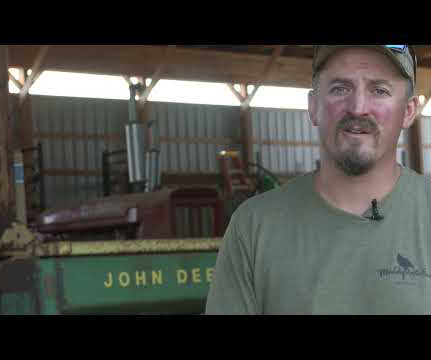
ATTRA
JANUARY 7, 2025
They raise fruit, vegetables, flowers, and animals on farms and urban gardens from New Hampshire to Kentucky, on operations that range in size from less than an acre to more than 40 acres. Chris graduated from NCATs Armed to Farm training program, which helps veterans become farmers and ranchers. But these differences mean very little.

Food Politics
SEPTEMBER 4, 2024
The ASPCA issued a press release : “ASPCA Condemns Long-Awaited USDA Guidelines that Fail to Meaningfully Improve Oversight of Animal Welfare Label Claims” ASPCA’s labeling guide points out that claims for cage-free, humane-raised, and pasture-fed, for example, which often appear on the packaging of meat, egg and dairy products, may indicate better (..)
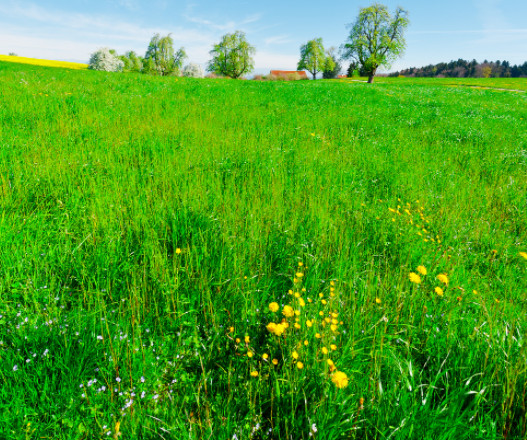
Farming Secrets
SEPTEMBER 17, 2021
Pasture cropping is an alternative agricultural practice that combines two farming methods: minimum tillage and perennial grass cover. This alternative approach to farming can help us match […] The post Pasture Cropping – Profitable Regenerative Agriculture appeared first on Farming Secrets.
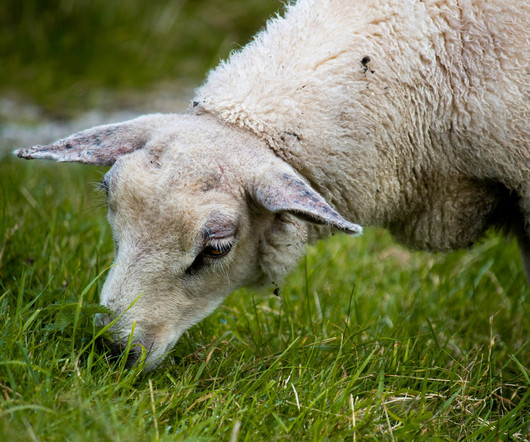
Sustainable Food Trust
FEBRUARY 4, 2025
Today, industrial farming methods are heavily dependent on monocropping practices, synthetic fertilisers and pesticides all of which harm biodiversity and soil organisms, much like how the overuse of antibiotics affects humans. However, today’s global agricultural systems have led to widespread soil degradation.

Farmbrite
MARCH 28, 2024
There's no doubt that modern technology has given us the tools to make our farming operations more efficient and productive. However, it can be hard to choose which practices to implement on your farm. Luckily, we’ve done the research and broken down the top tips for increasing efficiency and productivity on your farm.

USDA Blog
MARCH 27, 2024
Department of Agriculture (USDA) scientist Sheri Spiegal received an exciting award recognizing her pioneering work integrating social science and biophysical science with stakeholder engagement to help animal producers and crop farmers improve the redistribution of manure nutrients from farms with an excess to fields and pastures that can use it sustainably. (..)
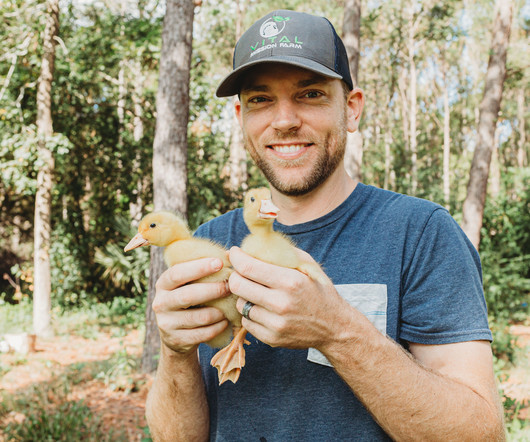
Modern Farmer
SEPTEMBER 8, 2023
Siewicki started Vital Mission Farm with the hopes of helping to create a more sustainable food industry. But, starting the farm didn’t come easy at first. A second mortgage and $80k in debt Siewicki found there was a lot of information out there about how to farm. But how do new farms get the first initial sale?
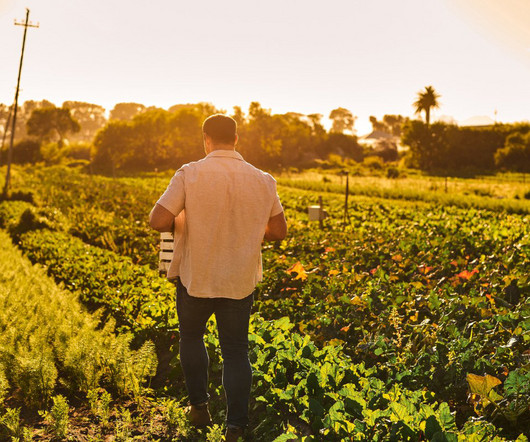
Civil Eats
DECEMBER 14, 2023
Around 2018, Prusia received a second federal loan, this time from the Farm Service Agency (FSA), specifically geared toward women and minority producers. It allowed me to triple the size of my operation and have healthier animals—they’re up on pasture [on the new land],” she said.

Agricultural Biodiversity
OCTOBER 16, 2023
Farming cattle in the tropics: Transnational science and industrializing pastures in Brazil. Priority areas for investment in more sustainable and climate-resilient livestock systems. India, Brazil, China, Pakistan and Sudan, apparently. But would investment in Brachiaria -based silvopastoral systems in Brazil be a good thing?
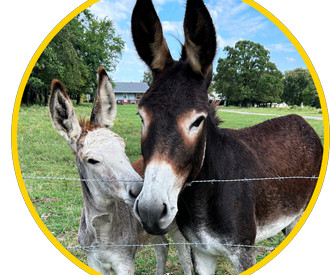
ATTRA
MARCH 10, 2025
In addition, the trees contribute to improved soil health and reduced moisture loss, so pastures are more productive and can support more animals. In addition, the researchers found that cattle on silvopasture produced less methane.
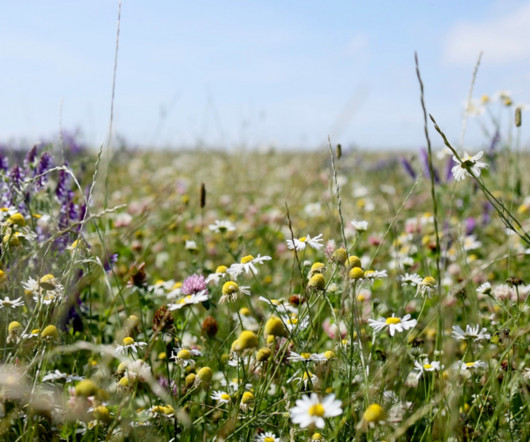
Sustainable Food Trust
NOVEMBER 5, 2024
Here, our Senior Research Manager, Robert Barbour – who comes from a Perthshire hill-farm – writes about the often overlooked environmental and social benefits that well-managed Scottish grasslands can deliver. In recent years, Scotland’s grasslands have developed a bit of an image problem. more nuanced positions.

UnderstandingAg
MARCH 31, 2025
But that has little to do with whats possible on pasture. As another colleague observed, Its also true that some of what is labelled as grass fed in current U.S. grocery stores is doing anything other than what [the author] describes so the paper contains a measure of truth.
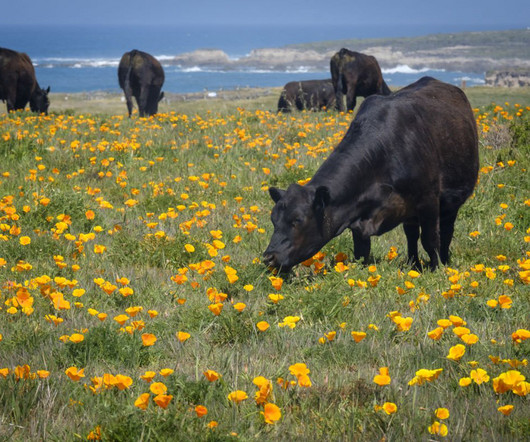
Civil Eats
MARCH 4, 2024
Since taking the helm of the facility’s nutrition and dining services in 2018, he has worked to revamp the cuisine, including sourcing almost half of ingredients from farms and ranches within a 250-mile radius of the Sacramento Valley. Grazing cattle on pasture for the entirety of their lives, on the other hand, is far less productive.
Expert insights. Personalized for you.
We have resent the email to
Are you sure you want to cancel your subscriptions?


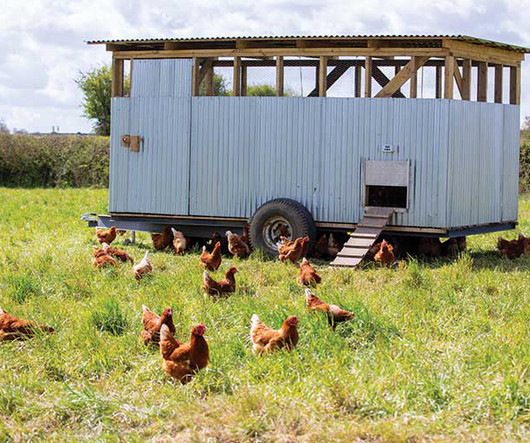
Let's personalize your content